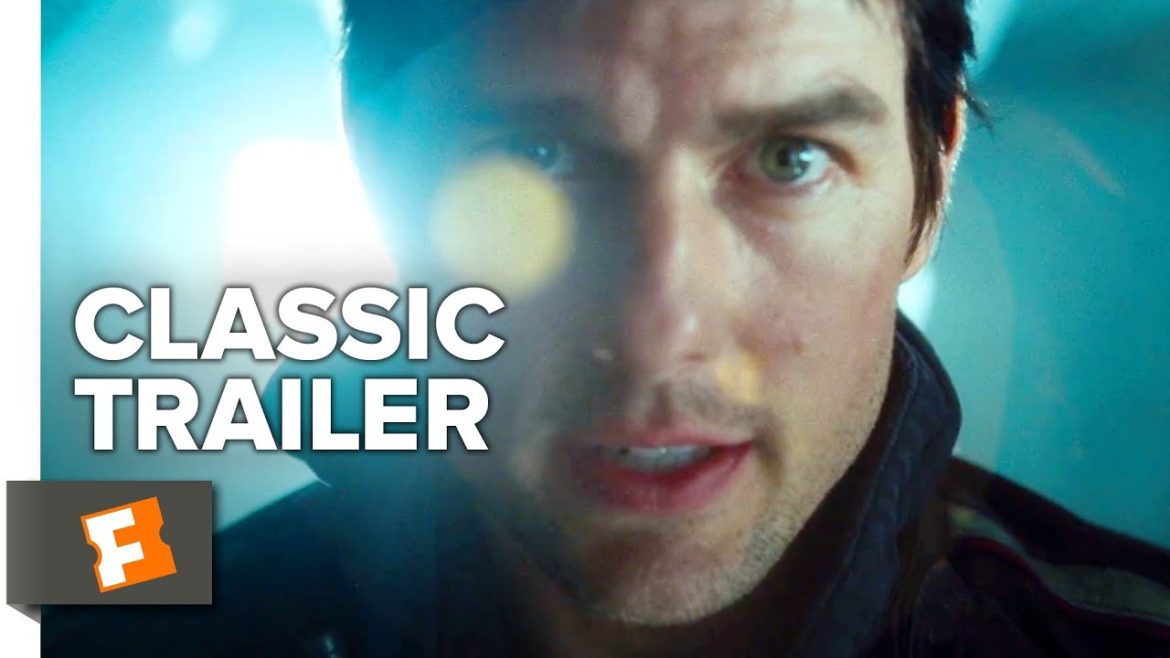TL;DR
Orson Welles' chilling 1938 "War of the Worlds" radio broadcast famously convinced many it was real. Decades later, Steven Spielberg and Tom Cruise tackled the story for a 2005 film. While the first half masterfully builds suspense and tension, the plot falters and the conclusion feels rushed. However, the UHD release is technically brilliant, boasting stunning visuals with sharp detail and vibrant HDR, complemented by an immersive Dolby Atmos soundscape. Dive into the bonus features for an in-depth look at its making. If you're a Spielberg fan or appreciate top-tier technical presentation, this edition is a compelling watch despite its narrative bumps. Read on for the full technical breakdown!
On October 30, 1938, a large segment of the American population was captivated by radio broadcasts. A dramatized report of a Martian invasion was presented, famously convincing many listeners of its authenticity and triggering widespread panic. This event was, in fact, the radio play War of the Worlds, adapted by Orson Welles from the 1898 novel by H.G. Wells.
The first film adaptation appeared in 1953, and discussions regarding a remake persisted for decades. While a well-regarded TV series aired in 1988, a significant cinematic reimagining didn’t arrive until 2005. The collaboration between Steven Spielberg and Tom Cruise had previously proven successful with Minority Report (2002), leading them to seek a subsequent project. War of the Worlds was selected, with an initial target release date around 2007. However, the production timeline shifted, and the film was released two years earlier. This accelerated schedule may have contributed to some of the film’s perceived weaknesses.
This review will primarily assess the technical quality of the UHD release, rather than providing an exhaustive plot summary. Readers interested in the narrative details can refer to this resource.
The film’s initial portion is exceptionally well-crafted, characterized by palpable suspense, tension, and compelling performances. However, the narrative momentum diminishes noticeably after the introduction of Tim Robbins’ character. The plot becomes less convincing, and the pacing falters, culminating in a somewhat underwhelming conclusion. While the ending adheres to the source material, its execution in the film feels somewhat rushed and lacking in impactful presentation.
Conversely, the UltraHD release is technically outstanding. The visual presentation remains remarkably sharp, effectively masking the film’s age. The visual effects retain their impact, a testament to Spielberg’s commitment to high production values. The dynamic range afforded by Dolby Vision HDR enhances the contrast between light and shadow, and enriches the color palette, resulting in a visually impressive experience. The Dolby Atmos sound design is equally noteworthy, delivering a visceral experience, particularly when the alien creatures’ signature foghorn sound is deployed. The included bonus material is substantial, with the production diary offering an in-depth look at the film’s creation.
In conclusion, had the film’s second half maintained the quality of its first, it would have been a definitive recommendation and a standout in Steven Spielberg’s filmography. Despite its shortcomings, War of the Worlds remains a worthwhile viewing experience and a valuable addition to any Steven Spielberg collection.

